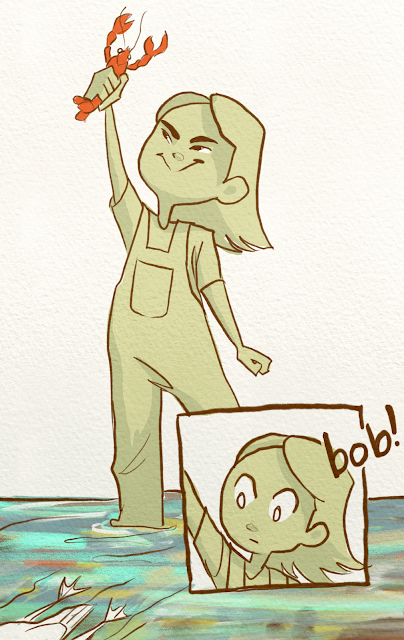 |
| Kaiseki Dinner at Momo-Jiya Annex, Kyoto, Japan |
This is me. In the last 4-5 years since I actively posted I went on a mission to teach the gospel of Jesus Christ in Fresno, California, I went to school for a degree in mathematics in Idaho, and I got married. I hadn't been actively drawing for the last 3 years at that point.
With the encouragement of my husband, I switched my major to Illustration, and with the encouragement of a dear friend group of artists, I quit my 2 part time jobs and became a freelance illustrator this last December.
I've never posted my face here before. Surprise!
After not posting or even making art for so long, this last year of studies in college has broadened the mediums I use and strengthened my portfolio and technical drawing skills- especially anatomy, haha. You won't be surprised to hear I was the TA for drawing 1 directly after I completed the class.
Last July I celebrated a year of marriage with my incredible and supportive husband in Kyoto, Japan. A dream we didn't know we shared until after the wedding- which is crazy, looking back at how much time we spent together.
 |
| The Yasaka Pagoda, Kyoto, Japan |
Hot and sticky, the weather kept most tourists at bay which gave us ample opportunities to to get to know some of the locals, try new foods, learn new skills, and enjoy the history, architecture, and beauty of Kyoto, Japan for 5 days. The three paintings above I did in memory of the trip afterward.
I have one semester of college left (what's hilarious and terrible is you can almost see the instantaneous cessation of both my webtoon and my blog in 2019-2020, my first year of college). The archive here of old how to draw posts and sketch book dumps is a sweet reminder of where I came from and how far I've come in my artistic journey. I can't wait to share more with you.

.png)
.png)
.png)

.jpg)
.jpg)
.png)






